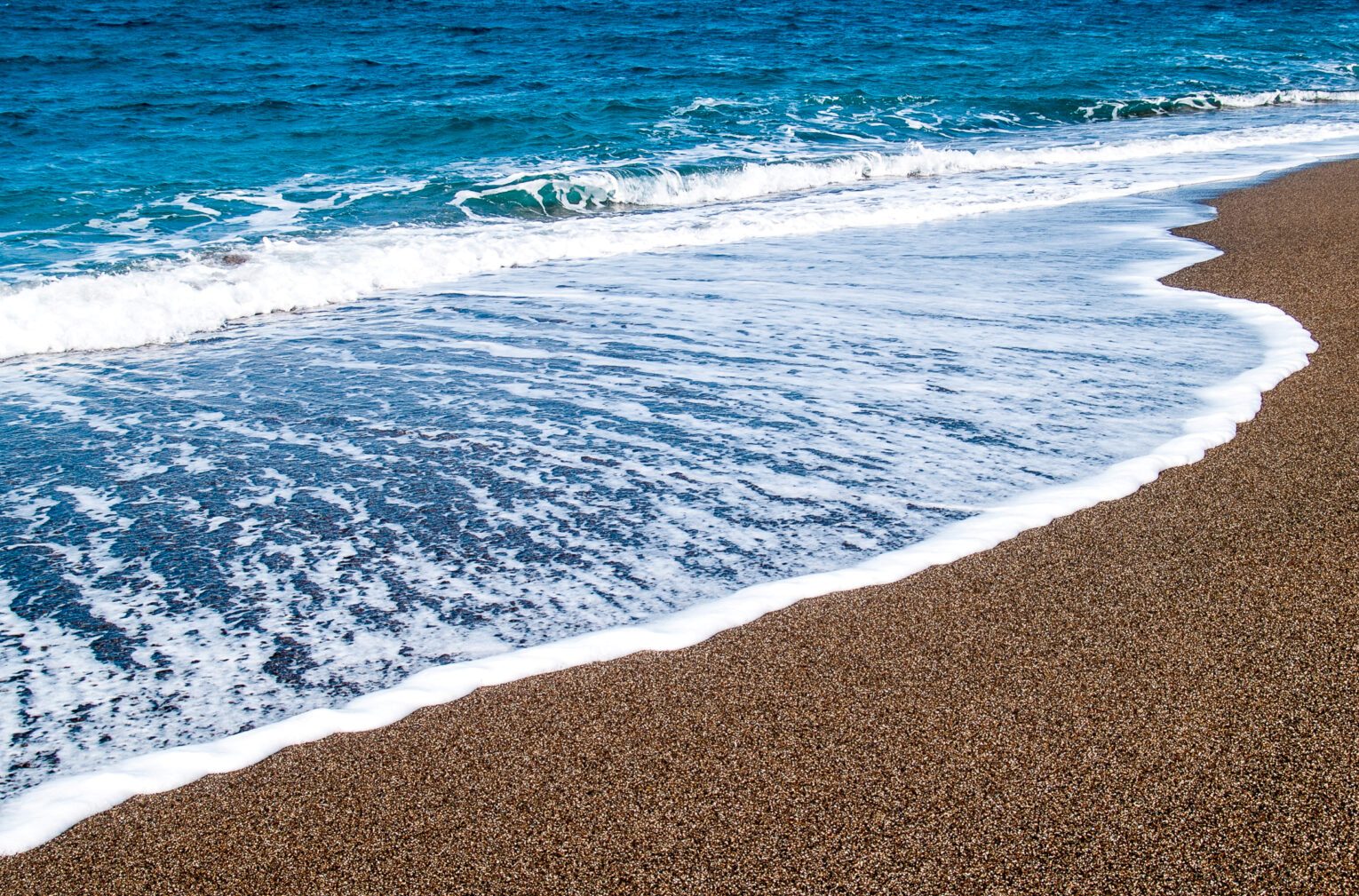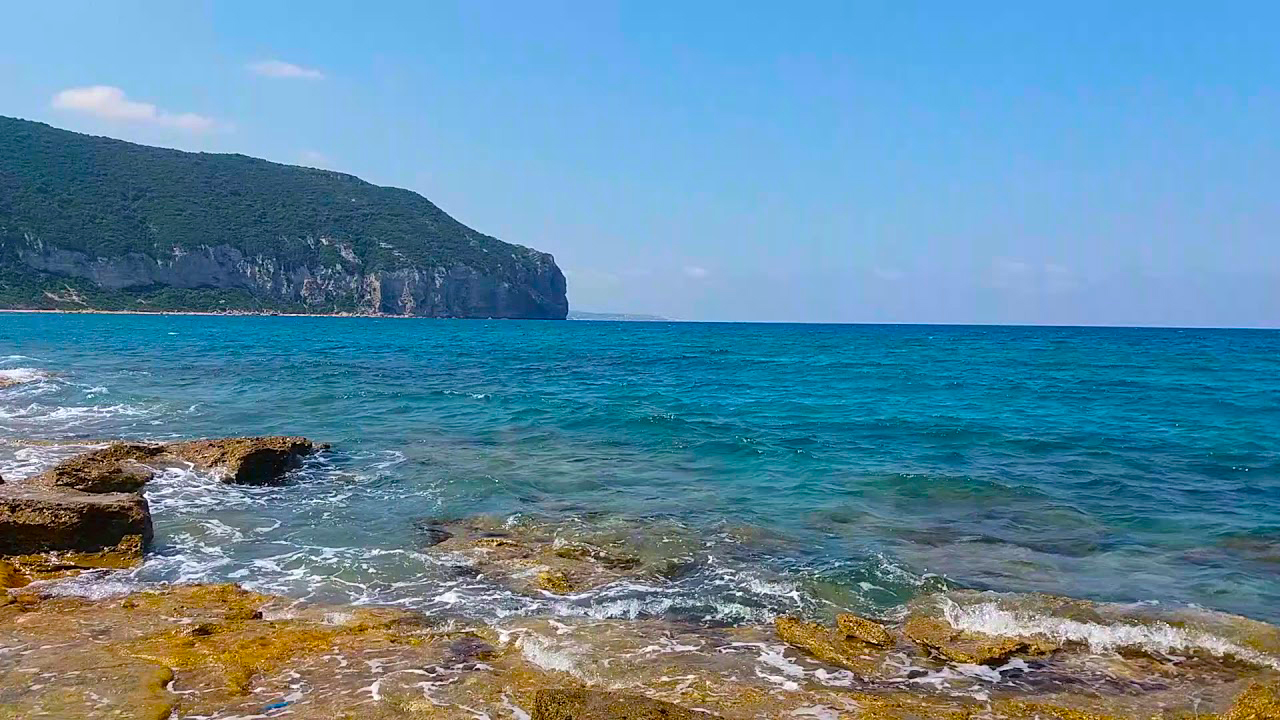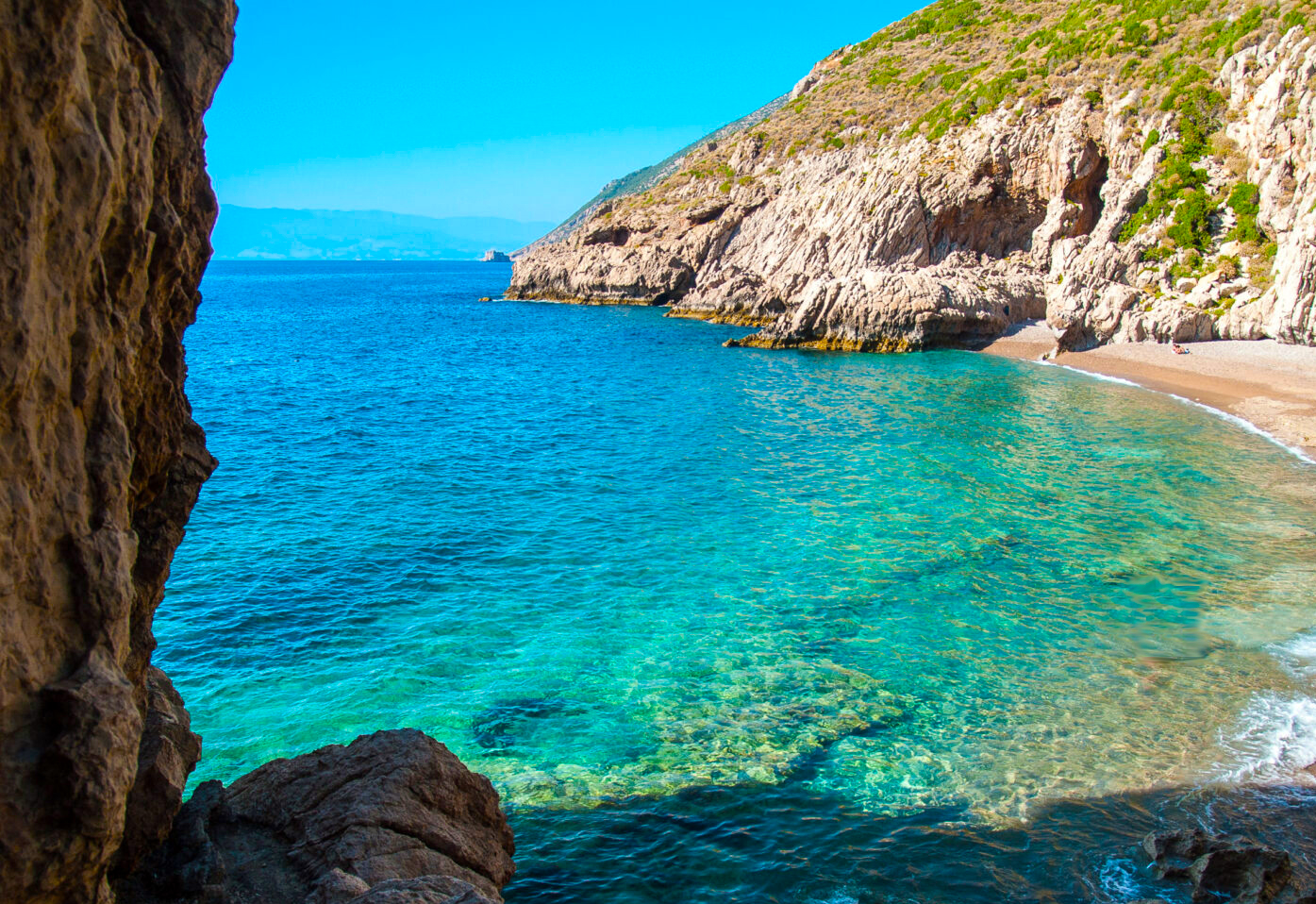Syria is a country rich in history, culture, and natural beauty. From the ancient streets of Damascus to the coastal towns and mountain villages, Syria offers a wide variety of experiences. If you are planning a visit, understanding the best time to travel is essential for making the most of your trip. While the country can be visited year-round, each season offers something different. In this article, we explore the best times to travel to Damascus and Syria based on weather, local events, and overall travel comfort.
Understanding Syria’s Climate
Syria has a Mediterranean climate along the coast and a semi-arid to arid climate inland. Winters can be chilly and wet in some regions, while summers are dry and hot, especially in desert and interior areas. Damascus, being located inland and at a higher elevation, has cooler winters and hot summers compared to the coast.
Spring – The Best Time to Visit Syria
Spring, from March to May, is widely considered the best time to travel to Syria. During this season, the country comes to life with blooming flowers, green hills, and pleasant temperatures. In Damascus, average daytime temperatures range from 15°C to 25°C, making it perfect for sightseeing and walking tours.
This season is ideal for visiting both urban areas and the countryside. The valleys in western Syria such as Wadi al-Nasara are full of color, and places like Palmyra or Krak des Chevaliers are far more enjoyable under mild spring skies.
Spring is also a time of various cultural festivals and religious celebrations, depending on the calendar year. The weather is generally dry and comfortable, and tourism levels are moderate.
Summer – Travel with Caution
Summer, from June to August, can be very hot, especially in central and eastern Syria. Temperatures in cities like Damascus can rise above 35°C, and in desert regions it can feel even hotter. While coastal areas like Latakia and Tartus enjoy milder weather with sea breezes, inland cities are less forgiving.
If you must travel in summer, focus your visit on higher-altitude areas like Bloudan, Kassab, or the coastal mountains. These areas stay cooler and offer natural escapes from the summer heat. Early mornings and late evenings are the best times for activities, while midday is best spent indoors.
Despite the heat, summer can be a festive time with local events and beach visits along the Mediterranean coast. Just be prepared for the temperatures and stay hydrated.
Autumn – A Second Ideal Season
Autumn, from September to November, is another great time to visit Syria. The extreme heat of summer begins to fade, and temperatures return to a comfortable range. Damascus cools down to 20°C to 28°C in September and becomes even milder in October and November.
Autumn offers clear skies, low humidity, and fewer crowds. Many seasonal fruits and vegetables are at their best during this time, adding color and flavor to Syrian cuisine. Whether you want to explore archaeological sites or simply enjoy the ambiance of Old Damascus, autumn provides a calm and scenic backdrop.
It is also a good time for hiking and nature-based activities, particularly in the mountains and valleys.
Winter – Quiet and Atmospheric
Winter, from December to February, is the low season for tourism in most parts of Syria. Damascus can be cold, with temperatures occasionally dropping close to 0°C at night. Higher-altitude areas like Bloudan and Slenfeh may even experience snow.
While it is not the most popular season for travel, winter has its charm. If you enjoy a quieter atmosphere, historical sites with fewer visitors, and the unique look of ancient cities in cooler weather, winter can be a rewarding time.
However, it is essential to dress warmly and be prepared for occasional rain, especially along the coast and in northern areas.
Conclusion
The best time to travel to Damascus and other parts of Syria is during the spring (March to May) and autumn (September to November). These seasons offer mild weather, natural beauty, and ideal conditions for exploring historical sites, local culture, and scenic landscapes. While summer and winter also have their own appeal, they require more planning and flexibility.
Choosing the right time to travel can greatly enhance your experience, allowing you to enjoy the unique charm of Syria with comfort and ease.



